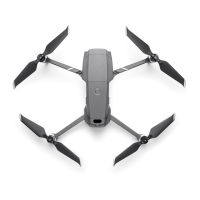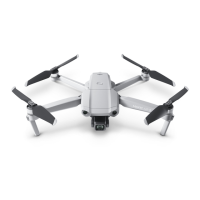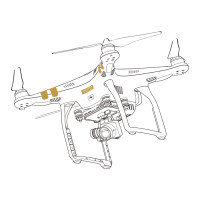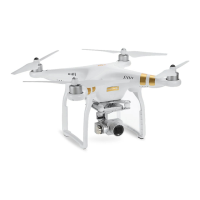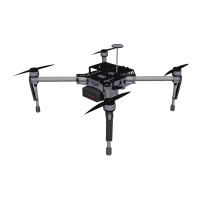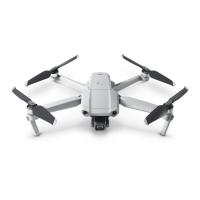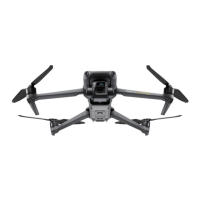DJI Mavic 3 User Manual
16
©
2021 DJI All Rights Reserved.
Return to Home
Return to Home (RTH) returns the aircraft to the last recorded Home Point when the positioning system
is functioning normally. There are three types of RTH: Smart RTH, Low Battery RTH, and Failsafe RTH.
The aircraft automatically flies back to the Home Point and lands when Smart RTH is initiated, the
aircraft enters Low Battery RTH, or the video link signal is lost during ight.
GNSS Description
Home
Point
10
The default Home Point is the first location where the aircraft received a
strong to moderately strong GNSS signal where the icon is white. The Home
Point can be updated before takeo as long as the aircraft receives a strong
to moderately strong GNSS. If the GNSS signal is weak then the Home Point
cannot be updated.
Smart RTH
If the GNSS signal is sucient, Smart RTH can be used to bring the aircraft back to the Home Point.
Smart RTH is initiated either by tapping in DJI Fly or by pressing and holding the RTH button on the
remote controller until it beeps. Exit Smart RTH by tapping in DJI Fly or by pressing the RTH button
on the remote controller.
Advanced RTH
Advanced RTH is enabled if the lighting is sucient and the environment is suitable for vision systems
when Smart RTH triggered. The aircraft will automatically plan the best RTH path, which will be
displayed in DJI Fly and will adjust according to the environment.
Advanced RTH Procedure
1. The Home Point is recorded.
2. Advanced RTH is triggered.
3. The aircraft brakes and hover in place.
a. The aircraft lands immediately if it is less than 5 m from the Home Point when RTH begins.
b. If the aircraft is farther than 5 m from the Home Point when RTH begins, the aircraft will plan the
best RTH path and y to the Home Point while avoiding obstacles and GEO zones. The aircraft
front will always point in the same direction as the ight direction.
4. In order to save power and time, the aircraft will automatically adjust to an angle of 19° and y to the
Home Point once it is near the Home Point. The time when the aircraft adjust the angle and ies to
the Home Point varies depending on the environment and video transmission signal.
5. The aircraft lands and the motors stop after reaching the Home Point.
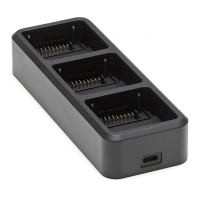
